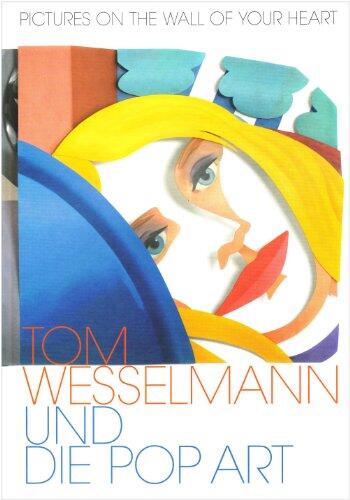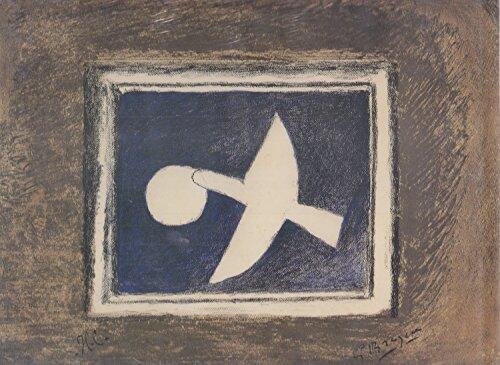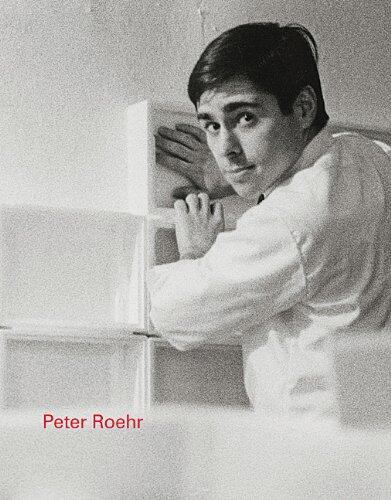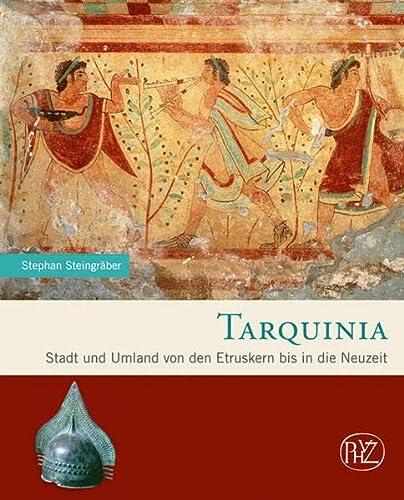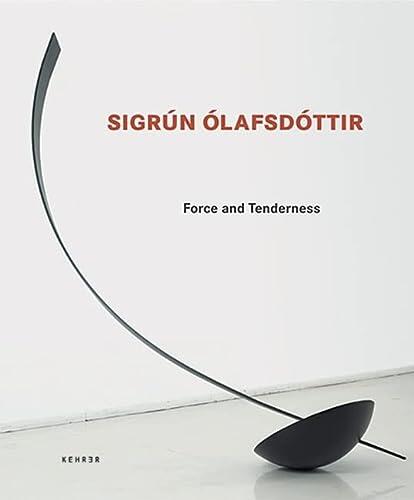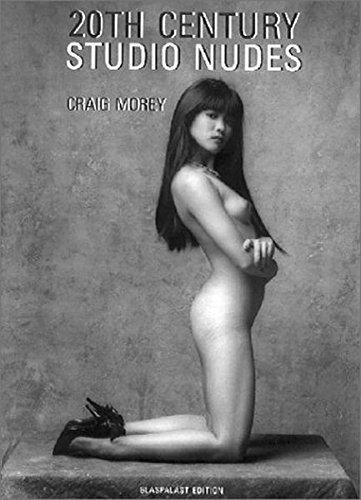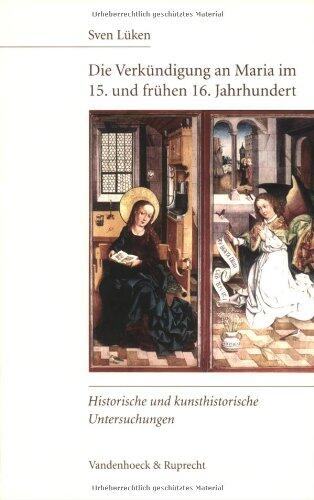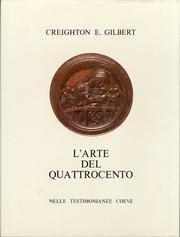
L' Arte del Quattrocento nelle testimonianze coeve
によって
Creighton E. Gilbert
まだ評価がありません
Art & Photography
形式
ハードカバー
ページ数
249
言語
ドイツ語
公開されました
Jan 1, 1988
出版社
IRSA
ISBN-10
3900731098
ISBN-13
9783900731090
説明
Creighton E. Gilbert presents a comprehensive exploration of 15th-century Italian art through a meticulous collection of contemporary writings in both Italian and Latin. This work delves into the rich tapestry of the Quattrocento, shedding light on the cultural and artistic movements that defined this vibrant period. Gilbert’s analytical approach brings these historical texts to life, providing readers with a deeper understanding of the influences and intentions behind the masterpieces of the era.
The book serves as both a scholarly resource and an engaging narrative, intertwining artistic analysis with historical context. As readers navigate through the writings, they encounter illuminating perspectives from artists, patrons, and critics of the time, all contributing to a multifaceted portrait of the art world during the Quattrocento. This dynamic interplay between text and image underscores the significance of historical documentation in appreciating artistic achievements.
Gilbert’s work invites a dialogue between the past and present, encouraging a renewed appreciation for the caliber of craftsmanship and creativity that flourished in Renaissance Italy. Each passage illuminates the pressing themes, challenges, and triumphs that shaped the artistic landscape, offering invaluable insights into how these factors influenced both the artists and their environments.
By synthesizing these historical testimonies, the narrative becomes a vital reference for anyone wishing to grasp the essence of the Quattrocento. This rich examination not only enhances art historical knowledge but also fosters a deeper connection to timeless artistic expressions that continue to resonate today.
The book serves as both a scholarly resource and an engaging narrative, intertwining artistic analysis with historical context. As readers navigate through the writings, they encounter illuminating perspectives from artists, patrons, and critics of the time, all contributing to a multifaceted portrait of the art world during the Quattrocento. This dynamic interplay between text and image underscores the significance of historical documentation in appreciating artistic achievements.
Gilbert’s work invites a dialogue between the past and present, encouraging a renewed appreciation for the caliber of craftsmanship and creativity that flourished in Renaissance Italy. Each passage illuminates the pressing themes, challenges, and triumphs that shaped the artistic landscape, offering invaluable insights into how these factors influenced both the artists and their environments.
By synthesizing these historical testimonies, the narrative becomes a vital reference for anyone wishing to grasp the essence of the Quattrocento. This rich examination not only enhances art historical knowledge but also fosters a deeper connection to timeless artistic expressions that continue to resonate today.
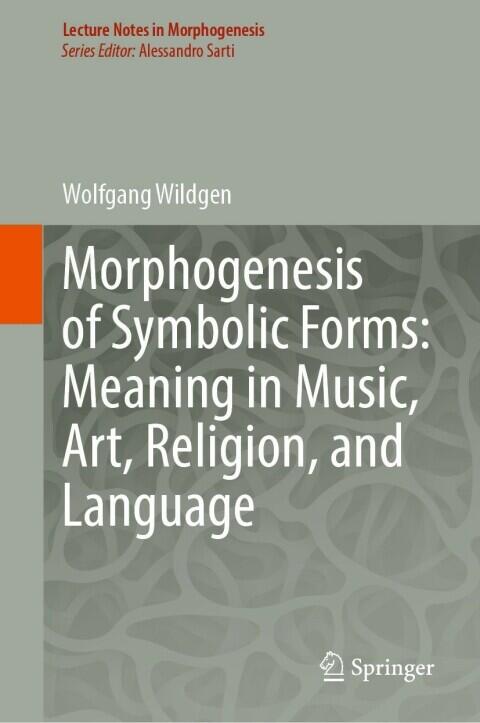

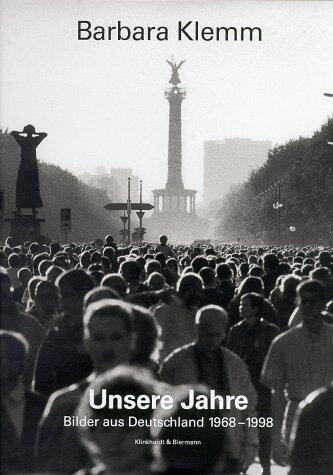
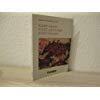
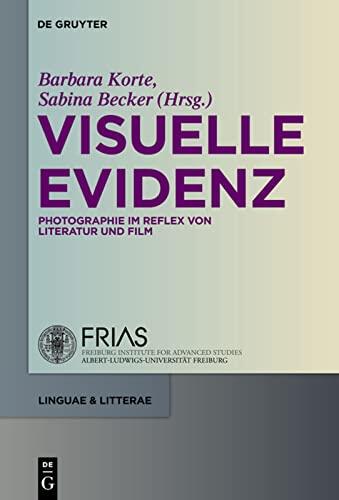
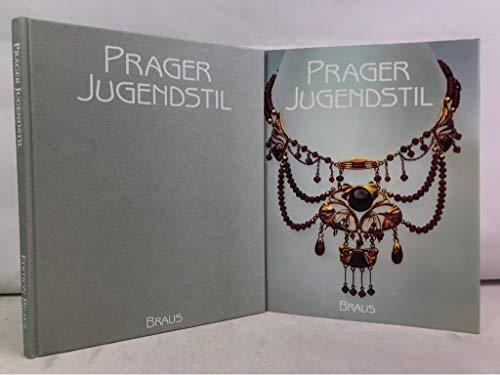
![Zwischen Abstraktion und Wirklichkeit : Fotografie der 50er Jahre, Kunstverein Ludwigshafen am Rhein e. V., 6.11.1998 bis 31.1.1999 / [Herausgeber: ... und Katalog: Barabara Auer]](https://images.bookpine.com/36105348-f304-43e4-8272-979663722853.jpg)


